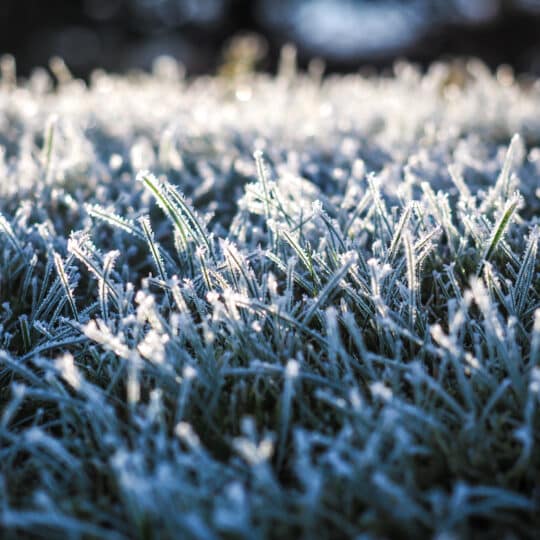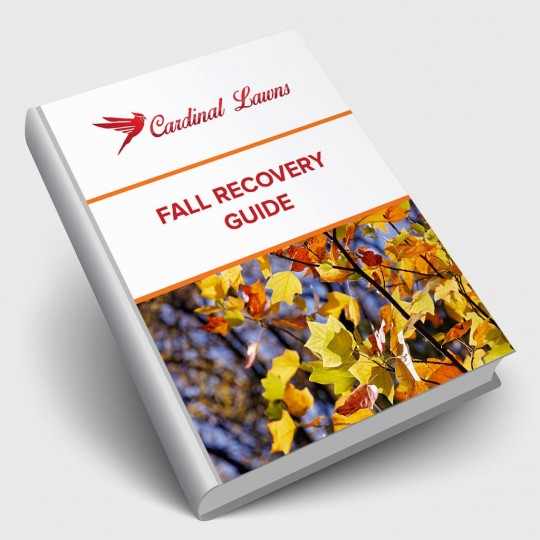Understanding the Effects of a Frosted Lawn
How to Prevent Damage
Posted
January 18, 2024

A layer of frost across your lawn is a common sight this time of year. It’s also a common cause of damage under certain circumstances. Learn how to help protect your frosted lawn.
Effects of a Frosted Lawn
Since many winter nights result in freezing temperatures, it’s normal to see frosty results in the morning. Frost forms when water vapor in the air freezes into ice crystals on surfaces. You’ll see it on your cars, windows, and even your grass. Your lawn may also experience frost from cold air moving over warm ground. While this is a normal occurrence, it can still cause damage to grass blades in a number of ways.
- Cell Damage. When ice crystals form within the cell walls of grass blades it can rupture and lead to discoloration and wilt.
- Soil Heaving. Soil expands as it freezes, which pushes grass roots closer to the surface. This exposure to extreme temperatures can make the lawn more susceptible to disease.
- Lack of Energy. Prolonged exposure to frost can hinder photosynthesis. Grass weakens when it can’t produce enough energy, which could lead to discoloration.
Even though you can’t control the weather or temperatures, you can do your part to help limit the effects frost has on your lawn.
Preventing Frost Damage
There are several ways to help keep your lawn healthy during a frosty season.
- Limit foot traffic. Grass is already stressed when covered in frost. It’s also more prone to breaking. Walking on frozen blades of grass causes even more stress and damage. Try to keep your family and pets off the grass until the frost melts.
- Don’t mow. Just as you shouldn’t mow your lawn when wet, you also want to leave your lawn alone while frozen. The first frost also signals your lawn to go into dormant mode, so it shouldn’t need a lot of mowing in the first place.
- Frost covers. If you have new grass seedlings or young turf, there are several options for lightweight covers to help prevent frost. Heavier options should only be laid out at dusk and picked up in the morning so you don’t smother your grass.
- Regular maintenance. If you’ve properly mowed, watered, and fertilized your lawn throughout the rest of the year, it should be strong enough to survive the season, even through frosty mornings.
Get proactive about frost damage prevention and plan on boosting the health of your lawn throughout the year. Contact Cardinal Lawns about our comprehensive lawn care services that include methods to maintain a healthy lawn and repairing any damage done.

Download Your FREE Fall Recovery Guide
Summer’s extreme conditions can take a toll on your grass and its health. Take some time to learn how to bring your lawn back to life. This handy guide teaches you what needs to be done for a full fall recovery.